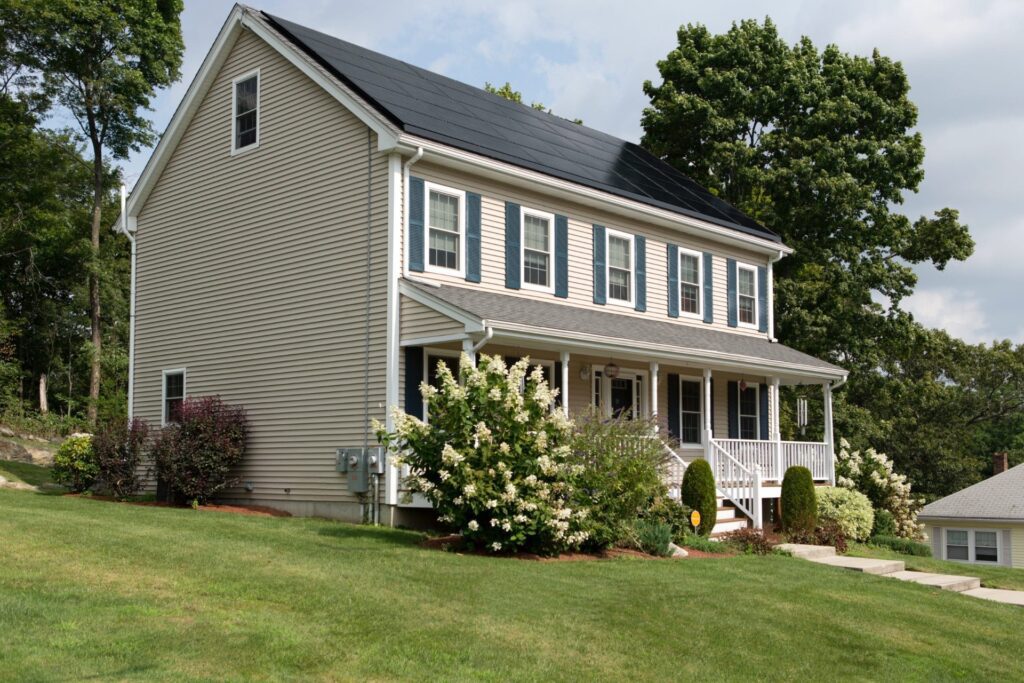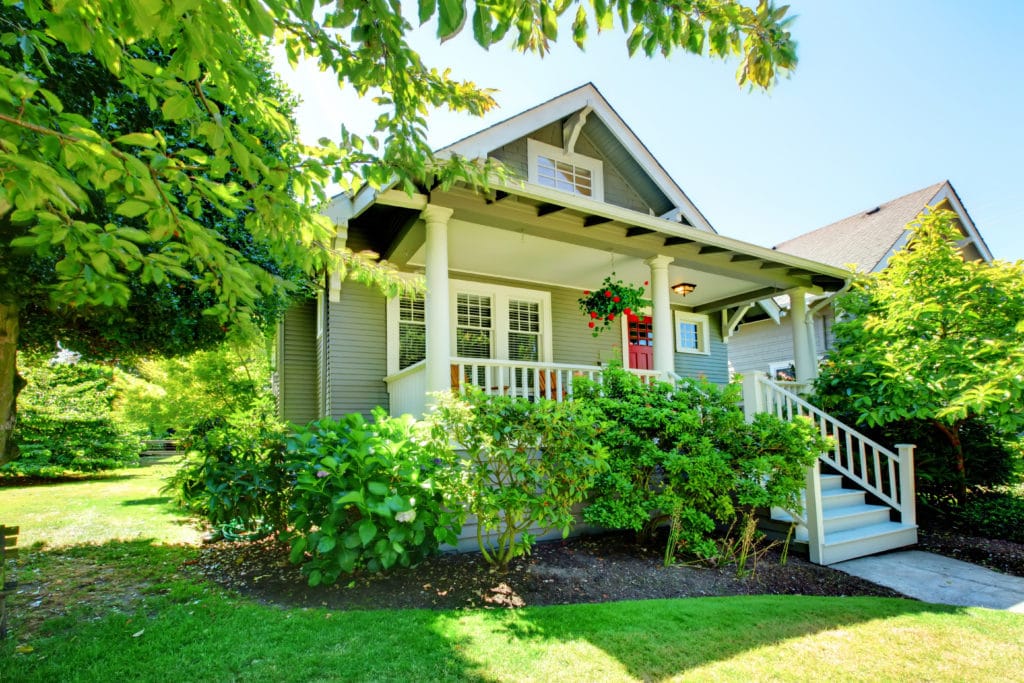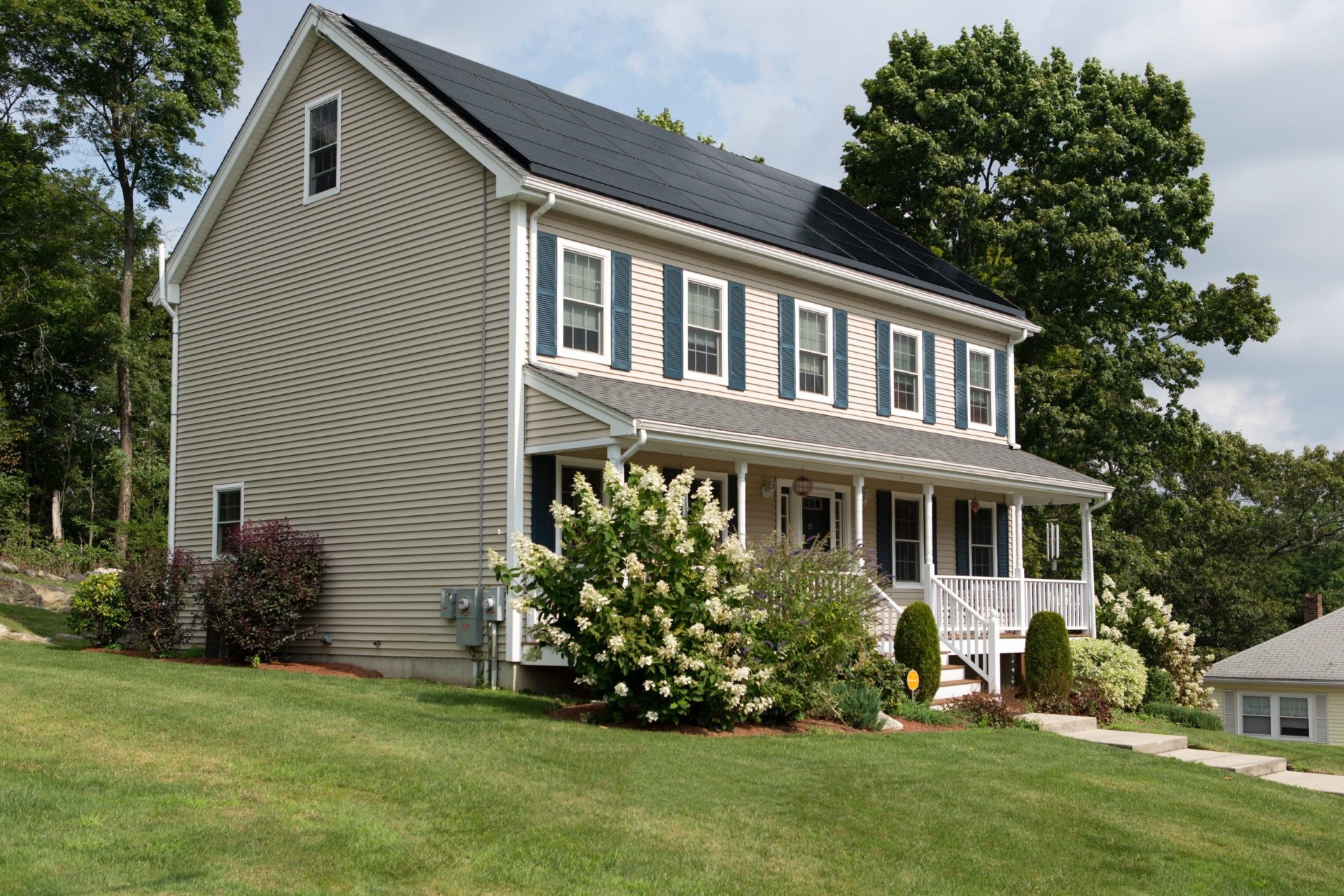
Buying a home with large trees offers stunning landscaping, protection, and shade. But large trees, especially older ones, can lead to damage to your home. While large trees can be appealing, they will require some extra care if you want to protect your home. Taking notice of the health of your trees and scheduling regular exterior cleanings are great places to start.
1- Prepare Before Storm Season
Before winter, or a bad storm hits your community, you should prepare your home. Performing some gardening on your trees will protect your home and the entire tree during a rough storm.
The first step is to hire a tree trimmer or trim the trees yourself using proper safety equipment. Trimming branches that are hanging over your roof will prevent them from breaking off the tree and puncturing your roofing material
Arborists are tree experts, so if you are unsure what to do before a storm comes, consult with one. They can help inspect the tree for disease, help you know where to trim, and determine the tree’s age and strength. Knowing all of this will help you determine how high risk the tree is for potential collapse.
Other ways you can prepare your home and yard for a storm include:
- Removing broken or bent branches from the large trees
- Removing dead trees from the yard completely
- Fertilize and stabilize younger trees
- Clean your roof
2- Consider Tree Preservation
The best way to prevent trees from falling over or dying is to take great care of them. Large trees that have strong roots are less likely to topple onto your home. Taking proper care of younger trees will make them less susceptible to high winds. Stong trees will grow to give you shade in the future without you having to replace them after each storm.
Since trees provide us with clean oxygen to breathe, cutting them down is never the best solution. If you can, you should protect the trees on your property and avoid over-pruning. This will protect your home from damage while also helping the environment.
3- Watch For Signs Of Damaged, Sick, Or Falling Trees
Sick trees become weaker and more prone to breakage. Trees that were damaged in a previous storm or by some other force are more likely to cause damage to your home. As a homeowner, it is important to watch for signs of damage or illness in the trees on your property.

Signs of illness in trees can look like spotted leaves, tree bark deterioration, moldy patches, yellowing fruit, etc. If a tree looks sick or is leaning, you should consult an arborist or a tree removal specialist to ensure no damage occurs to the exterior of your home. A fallen tree can damage more than just the roof of your home, especially when they fall. Protect your porch, cars, siding, and windows by removing sick trees.
4- Have Large Trees Inspected By An Arborist
As we have discussed, arborists are the pros when it comes to tree sickness, the lifespan of different species, and how to keep trees strong. While having large trees around your property may seem like a hassle, healthy trees are vital to our ecosystem. Consulting with an arborist will help you understand what your trees can provide and how to care for them properly.
5- Clean Your Gutters Regularly
Large trees are bound to drop small twigs and leave into your gutters. In addition to caring for trees, your home also needs some care if you don’t want twigs to be the cause of home damage. Cleaning your gutters annually is recommended, but if you have overhanging trees, it may be better to clean them twice a year.
Sierra Vista Maintenance offers gutter cleaning services to help you prevent clogs and flooding. Removing twigs, leaves, dirt build-up, and other debris from gutters will keep you safe and dry during storms.
6- Have Annual Roof Cleaning And Inspections
Tall trees hang over your roof, a place in your home that already sees a lot of different stressors. A roof is constantly exposed to the elements which means it can see deterioration at any time. A roof inspection can help you repair any damages before they become catastrophic. A roofing company will be able to tell you where materials may be weak and may even be able to trim trees.

Our company offers roof cleaning, which can include removing heavy tree branches, damp leaves, mold growth, or bird nests. Cleaning your roof will make it less susceptible to damage and keep mold or bacteria from spreading to your overhanging trees.
7- Plant Trees Strategically
If your home doesn’t have trees but you are considering planting some, consider what they will look like in 20 years. Different species of trees will grow to different heights and widths. Consider what large trees will look like and how much space is available when buying a tree starts.
It is best to plant new trees in the fall because this helps them to be less susceptible to disease.

